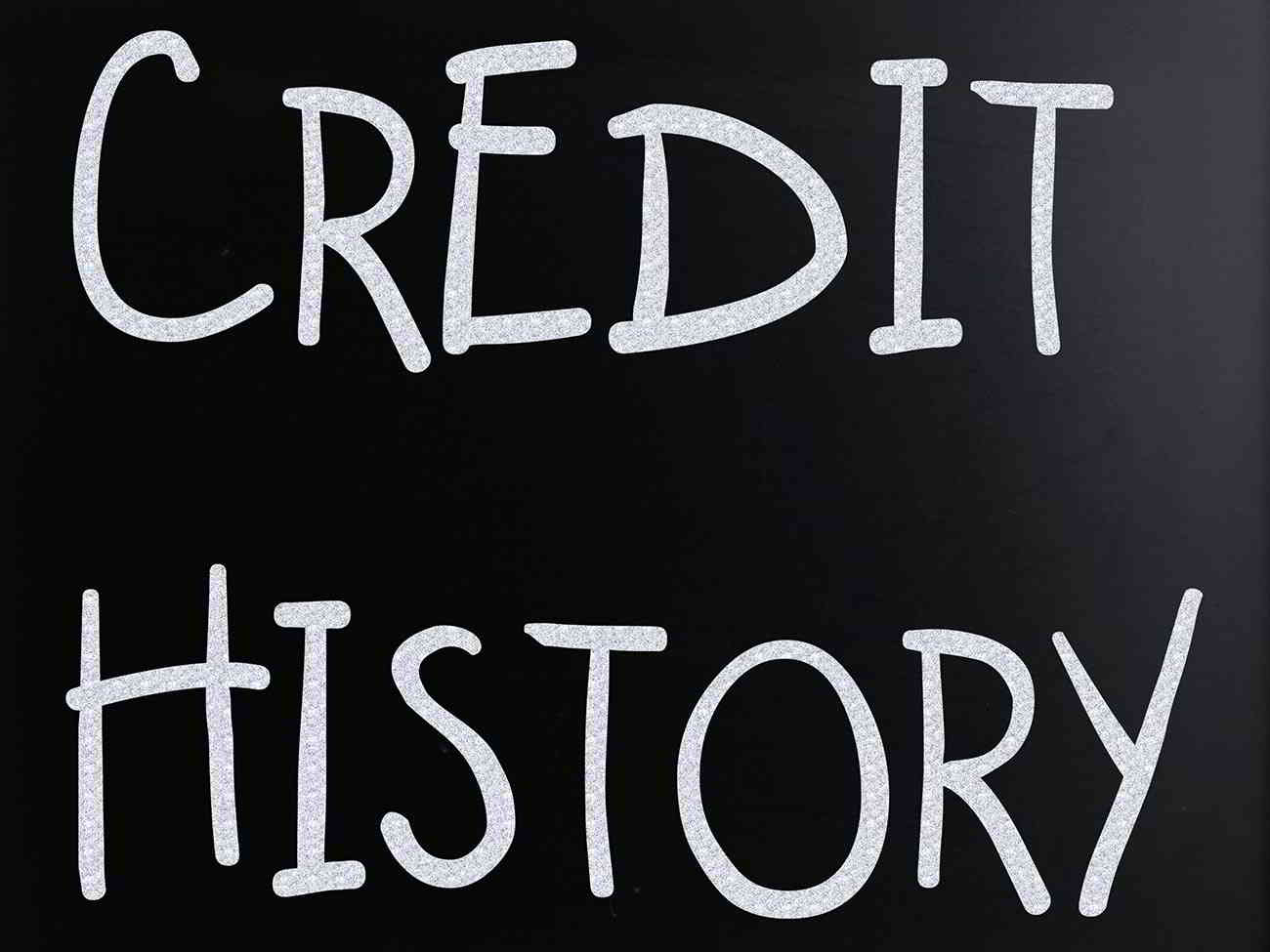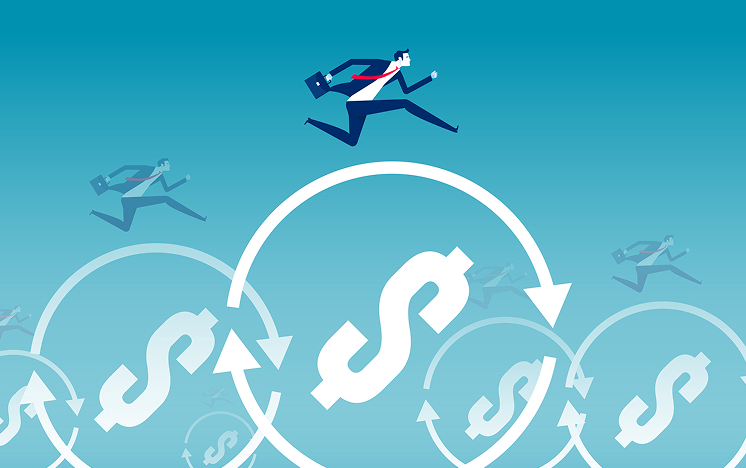What Five Factors Make Up Your FICO Credit Score?

 When it comes to the factors of credit scores, the FICO credit scoring model is the model used by the majority of banks and by those that grant credit. The score range for FICO is from 300 to 850, with a higher the score, the better.
When it comes to the factors of credit scores, the FICO credit scoring model is the model used by the majority of banks and by those that grant credit. The score range for FICO is from 300 to 850, with a higher the score, the better.
A consumer has three FICO scores, with one coming from each credit report provided by the three major credit bureaus. These three bureaus are TransUnion, Experian, and Equifax. Each of these bureaus will report a slightly different score, but all should give a good representation of your credit history.
Below is a breakdown of the five FICO credit score factors.
Payment History – 35 percent
Your payment history is the most important Fico credit score factor. This section focuses on whether or not you can be trusted to repay money that is lent to you.
Paying your bills late has a negative effect on your score. With the FICO credit scoring model, the number of days you are late to pay your bills will determine how much of an impact it will have on your score. If you were 30 days late, the negative impact would be less than if you were 60 or 90 days late.
If you have any collections, debt settlements, bankruptcies, charge offs, liens, foreclosures, or judgments against you, these will damage your credit score worse than a simple late payment would.
In all situations, the older the event, the less likely it will impact your FICO credit score. Your best bet is to have as good of a payment history as possible.
Amounts Owed / Credit Utilization – 30 percent
The amount of available credit you are currently using is the second most important FICO credit score factor.
The FICO credit scoring model views borrowers who max out their credit cards or are close to credit card limits as borrowers who may not be able to handle their debt responsibly. Maintaining a credit utilization ratio of 10 to 20 percent or less is something to strive for, on the overall level of debt as well as each individual card.
Owing some money is seen as better than owing nothing, though, since lenders want to see that when you borrow money, you are responsible in paying it back. Having a mix of multiple types of credit is also beneficial.
Length of Credit History – 15 percent
How long you have been using credit is another FICO credit score factor. The FICO credit scoring model takes into account how long all of your credit accounts have been established, such as the age of your newest account, oldest account, and average age of all accounts.
Those without a long credit history can improve their credit score by continuing to use their credit, while those with a long history should maintain long-standing accounts.
Types of Credit Used – 10 percent
Something beneficial to your FICO credit score is having a history of managing all different types of credit.
Some different types of credit include store accounts, credit cards, installment loans, and mortgages.
Showing that you are able to repay debt in a variety of categories will usually mean that you represent less risk for lenders.
New Credit – 10 percent
How many new accounts you have applied for recently will impact your FICO credit score. Borrowers should be weary of opening too many credit lines at once (even if you don’t have a long credit history), as this behavior may suggest the borrower may be in financial trouble and needs access to a lot of credit.
The number of recent inquiries a lender has made to view your credit report and the length of time it has been since this inquiry was made can also impact your credit, though the impact is small.











